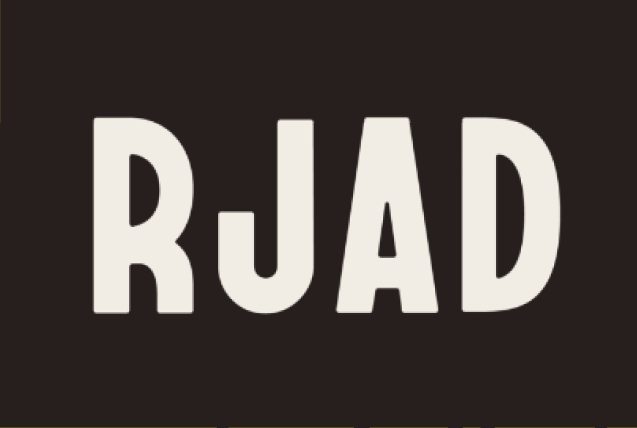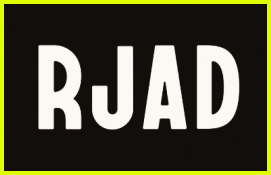The History of Race in America
Syllabus
Description
The United States’ global dominance has long been the envy of the world. But the role of race and racism to native born and newcomer alike has been treated often as aberrational, an unfortunate artifact of the nation’s past. This course examines the nature of race and racism at the heart of the American project through a historical lens of wealth creation, labor markets, political culture, social institutions, immigration and civic life.
Although race often attaches to people of color, racial identity and ideology have been inescapable constructs for all who reside in this country. Drawing on African American and immigration history, (post) colonial studies, critical race theory, and whiteness studies, students will gain historical knowledge required for leadership in a 21st century, multi-racial democracy.
Students who plan to work in non-profits, government agencies and policy circles will also gain new analytical tools to help lead and transform institutions for a browner America and world.
Topics/ Learning Objectives
- Describing how racism came to be a foundational form of domination, extraction, and exploitation in the United States from the colonial period to the present.
- Discussing how race is a cultural and ideological construct to justify systemic racism in a liberal democracy founded on ideas of freedom from slavery, natural rights, and individual liberty.
- Analyzing racial ideology, cultural and academic knowledge production, and the narrative of American exceptionalism as ongoing processes of race-making.
- Gaining historical and racial literacy to pursue public service, policymaking, and non-profit and private sector leadership that does not unintentionally reproduce forms of racial domination.
Required Material
Find on Bookshop, Online, or your local library
Find on Bookshop, Online, or your local library
Find on Bookshop, Online, or your local library
Racism in America: A Reader by Annette Gordon-Reed (Harvard University Press, 2020)
Find free download on Amazon, or your local library
The White Card: A Play by Claudia Rankin (Graywolf Press, 2019)
Find on Bookshop, Online, or your local library
Readings and Assignments Schedule
Expectations and Assessments
Weekly assignments
These are intended to give you a structured way to respond to the week’s readings. These are short and open ended. It is critically important that you find what is meaningful to you from the readings, not what you think I’m looking for. What stands out to you, what surprises you, what helps you understand something you’ve been struggling with, what has changed your mind, what is inconsistent or contradictory about the readings as a whole? The goal is to help you develop your own voice and fluency with the topics. Occasionally I may prompt you with a specific question or set of questions.
There are ten response papers to be written between 1-2 pages. I expect them to be proofread and coherent. Use parenthetical citations to denote quotes or ideas from the readings.
Class participation
You will be expected to participate in large and small group discussions every week. There will be talk and turn opportunities as well as out loud readings and opportunities to role play (as devil’s advocate).
Autobiographical Professional Statement
This paper will be 2-4 pages and will be graded on a 10-point scale.. Answer the following questions in your statement:
- Tell your professional story of why you are in this class, your goals, and your plans for the future.
- What problem in the U.S. or world do you plan to help tackle?
- How does understanding race and racism in the U.S. context helps to achieve that goal?
A goal of this assignment is to have a baseline for your final assignment to reconsider how the course content itself may have impacted your views.
Final Paper
This assignment will be 5-10 pages and will be graded on a 25 point scale.
Options:
- WRITE A RESEARCH PAPER ON A TOPIC OF YOUR CHOOSING. THE TOPIC MUST HAVE SOME RELATIONSHIP TO ONE OF THE SUBJECT /CONTENT AREAS COVERED IN THE READINGS.
- WRITE A PERSUASIVE ESSAY TO A REAL PERSON YOU KNOW BASED ON ONE OF THE SUBJECT/CONTENT AREAS COVERED ON THE SYLLABUS. BALDWIN IS A MODEL FOR EXAMPLE. HE WROTE IN A STYLE TO EDUCATE PEOPLE ABOUT RACISM, AS IF THEY WERE HIS LOVED ONES, FRIENDS, OR NEIGHBORS. YOU DO NOT HAVE TO FOLLOW THIS APPROACH. BUT THE LETTER SHOULD BE PERSONAL AND SPECIFIC. YOU SHOULD BE TRYING TO CONVINCE THEM OF SOMETHING THEY LIKELY DISAGREE OR IT IS A TOPIC OF WHICH THEY HAVE LIMITED KNOWLEDGE.
- WRITE TO A PROSPECTIVE PRIMARY CHALLENGER TO THE PRESIDENT IN THE NEXT ELECTION WITH A BLUEPRINT FOR HOW TO ADDRESS RACISM IN AMERICA (DEFINE IT AS INDIVDIUAL OR STRUCTURAL BASED ON YOUR PERSPECTIVE). PRESENT YOURSELF AS A POTENTIAL SENIOR ADVISOR, NOT A CAMPAIGN STRATEGIST. (DO NOT FOCUS ON HOW TO WIN. FOCUS ON HOW YOU WANT THE PERSON TO LEAD IF THEY SHOULD WIN). TAKE STOCK OF THE PRESIDENT’S CURRENT RECORD ON THIS ISSUE. THIS IS A MORE FORMAL LETTER, STILL PERSUASIVE, BUT YOUR RHETORICAL APPROACH IS PARTLY WHAT YOU WILL BE ASSESSED ON. WHAT EXACTLY WOULD YOU ADVISE THEM TO DO, BASED ON A POLICY AND POLITICAL ANALYSIS. BE CLEAR ABOUT THE RISKS AND BE CLEAR ABOUT THE EXPECTED OUTCOMES, INCLUDING YOUR VISION OVER THE NEAR TERM OF THE NEXT FOUR YEARS OF A NEW ADMINISTRATION AND GENERATIONALLY OVER THE NEXT 25 YEARS.
GENERAL REQUIREMENTS FOR THIS ASSIGNMENT
- You must reference four sources from the syllabus, but no more than one op-ed.
- You may cite at least four additional outside sources (which do not appear on the syllabus). For example, any of the following are appropriate: book, academic journal article, major magazine essay/investigative report (such as Ta-Nehisi Coates or Nikole Hannah Jones), and major report by a non-profit). You should consult the bibliography or endnotes from books on the syllabus as a first step to find additional materials. Pay attention to authorship to ensure your source is creditable.
Note:
- The difference between the research paper and the essay is tone and approach. The essay will involve more storytelling and a normative vision. You will support your point of view with evidence from your sources. Your goal is to be creditable and persuasive based on an imagined skeptical audience of readers.
- The research paper will be more objective and pursue a line of inquiry. The research paper seeks to ask an important set of questions whose answers should point towards some recommendation for change. Given that you are not doing original research, mostly you are summarizing a curated body of published research. The fun of this is in what you select (curate) and how you translate the work and make connections between different studies/reports/books.
- Use the course content, analytical frameworks, rhetorical strategies, and historical knowledge you have gained over the semester to make the case for policy/institutional change in whatever setting/sector/organization/agency/industry/nation you choose. All change depends on storytelling from cold hard data to op-eds to investigative reports and persuasive essays. This assignment is about content (what you know, believe, and want to see happen) and less about form. But both of course matter which is why other faculty focus on form.
Helpful tips:
- When using your own voice, use Black or African American. “Negro” should only be used to paraphrase or directly quote a primary source. You can use BIPOC, Brown, Native, Indigenous, Latinx and Hispanic based on your preferences.
- Keep perspective. This is an assignment about race and racism.
- Choose a rhetorical strategy. Think about your audience. Sharpen your assumptions about what you think they know or don’t know. You are writing to/for real people. Consider their roles, for example. What power do they have to maintain, adjust or substantially change things?
- Count your sources
Materials for Instructors and Facilitators
Suggested Structure
Suggested Assessment Tools
- Weekly assignments
- Autobiographical Professional Statement
- Final paper
Topics/Learning Objectives
Required Material
Readings and Assignments Schedule
Expectations and Assessments

